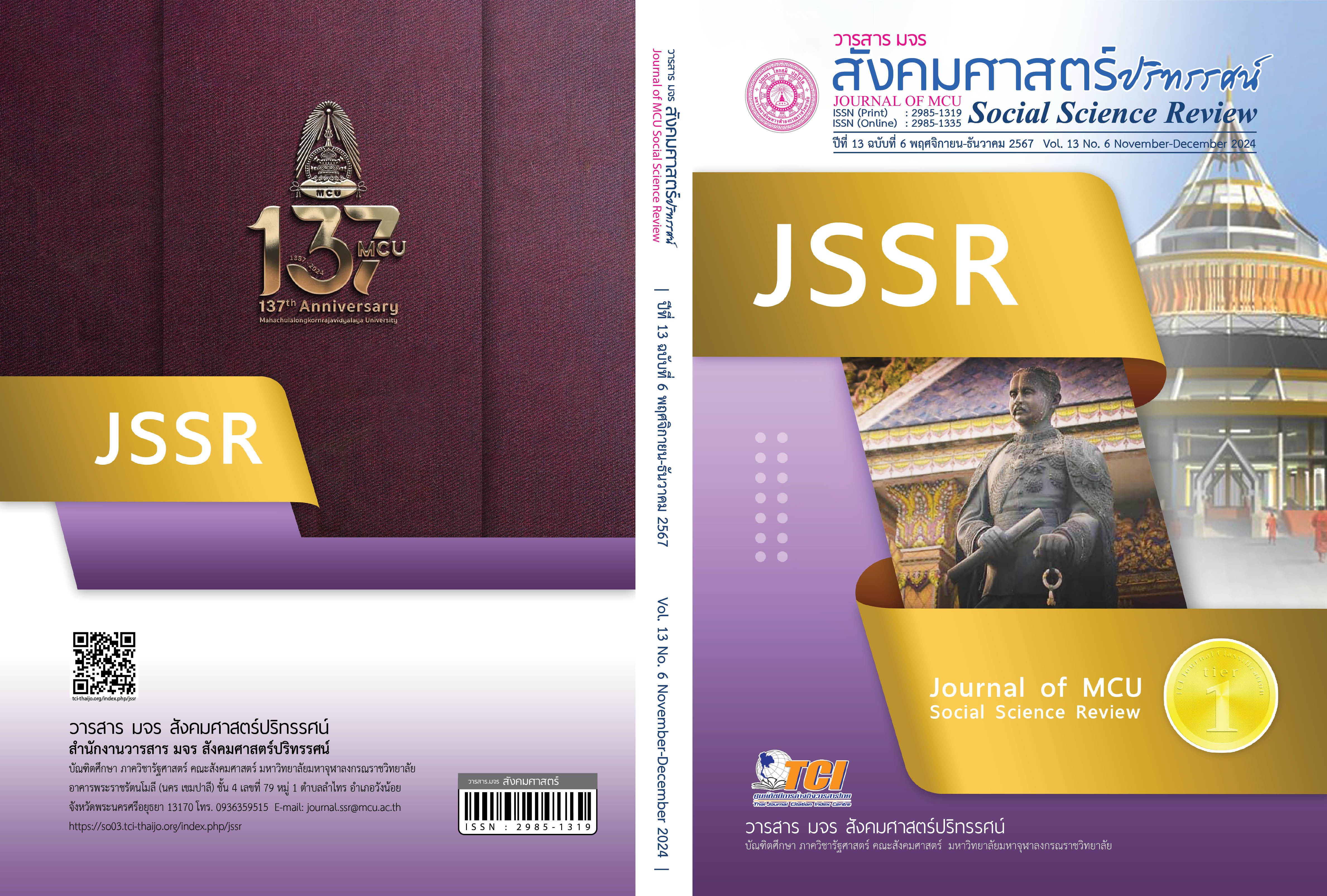THE APPLICATION AND CHALLENGES OF CRITICAL THINKING IN DANCE EDUCATION IN INNER MONGOLIA UNIVERSITIES
Keywords:
Critical Thinking, Dance Education, Inner Mongolian Universities, Application, ChallengesAbstract
This study aims to study the application and challenges of critical thinking in the teaching of dance majors at Inner Mongolian Universities, employing a multifaceted approach encompassing documentary, interviews, and observations, the study investigated the three most influential universities in Inner Mongolia that offered dance programs and conducted an in-depth analysis from the perspectives of educators and students.
The research findings that in the field of dance education in Inner Mongolia's universities, critical thinking is defined as a skill that enables students to go beyond mechanical dance performance. It encourages in-depth analysis, emotional understanding, questioning, and thoughtful consideration of dance works, fostering independent thinking and innovation. Methods for cultivating critical thinking include group discussions, literature research, reforming teaching approaches, and nurturing democratic teacher-student relationships. Designing tasks that promote thinking, such as cooperative learning and discussions, as well as building students' confidence and modifying the curriculum to include content related to critical thinking, are crucial. A SWOT analysis identifies strengths (cultural foundation), weaknesses (traditional models), opportunities (globalization), and threats (resistance to change). In summary, critical thinking contributes to deepening the understanding of dance works, improving dance skills, enhancing creativity, and promoting students' cross-cultural understanding and international exchange. However, there are also challenges. Overall, this research provides a comprehensive understanding of critical thinking in dance education in Inner Mongolian universities and holds significant guiding implications for improving dance education.
References
Ambrosio, N. (2015). Critical Thinking and the Teaching of Dance. Dance Education in Practice, 1(1), 7-11.
Chen, T. (2018). Investigation and Research on the Critical Thinking of Normal College Students (Master's thesis Education & Social Science). Chaina: Shanxi Normal University.
Dong, Y. (2014). What Kind of Critical Thinking Courses Should We Teach. Industrial and Informationization Education, 77(03), 36-42.
Jung, J-Y. (2012). Developing well-rounded dance teachers: critical thinking attitudes in dance teacher education. Dance Research Journal of Korea, 70(5), 223-240.
Ministry of Education of the People's Republic of China. (2018). National Standards for Undergraduate Programs in Regular Higher Education Institutions. Retrieved March 20, 2020, from https://shorturl.asia/DMj3R
Nabatov, S. & Mankovska, O. (2021). Aspects of critical thinking in ballroom dance education. Science and Education a New Dimension. Pedagogy and Psychology, 9(96), 39-43.
Xuefeng. (2022). Study on The Blended Teaching of Dance Class Based on Omo Mode Taking the Preschool Education Major of Shandong University of Engineering and Vocational Technology as An Example (Master of Business Administration Major Education Management). Bankkok: Siam University.
Downloads
Published
How to Cite
Issue
Section
License
Copyright (c) 2024 Journal of MCU Social Science Review

This work is licensed under a Creative Commons Attribution-NonCommercial-NoDerivatives 4.0 International License.
In order to conform the copyright law, all article authors must sign the consignment agreement to transfer the copyright to the Journal including the finally revised original articles. Besides, the article authors must declare that the articles will be printed in only the Journal of MCU Journal of Social Sciences. If there are pictures, tables or contents that were printed before, the article authors must receive permission from the authors in writing and show the evidence to the editor before the article is printed. If it does not conform to the set criteria, the editor will remove the article from the Journal without any exceptions.





